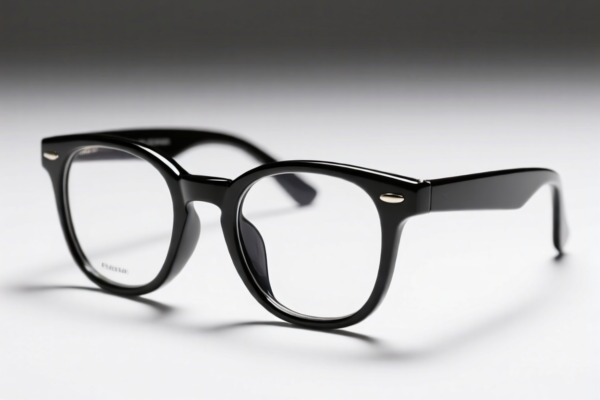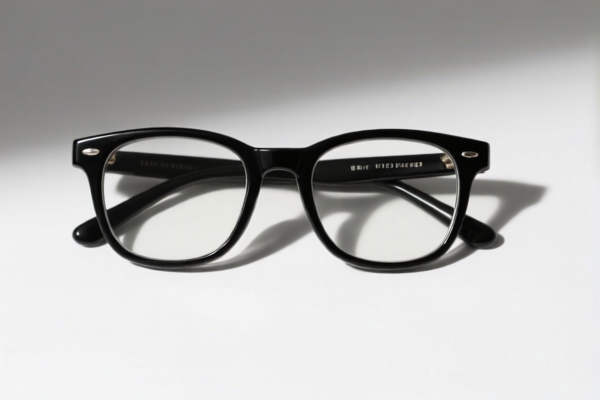| HS Code | Official Doc | Tariff Rate | Origin | Destination | Effective Date |
|---|---|---|---|---|---|
| 6310102030 | Doc | 37.5% | CN | US | 2025-05-12 |
| 7312105000 | Doc | 80.0% | CN | US | 2025-05-12 |
| 4201006000 | Doc | 57.8% | CN | US | 2025-05-12 |
| 3926909989 | Doc | 42.8% | CN | US | 2025-05-12 |




Okay, let's break down the HS codes and tax implications for your declared "GLASSES ROPE" items. Here's a detailed analysis, structured for clarity:
Understanding HS Codes – A Quick Primer
HS codes (Harmonized System codes) are internationally standardized codes used to classify traded products. The first 6 digits are generally consistent worldwide, while the last digits can vary by country. Here's how to interpret them:
- Chapter (First 2 digits): Broad category of the product.
- Heading (First 4 digits): More specific classification within the chapter.
- Subheading (First 6 digits): Even more detailed classification.
- Last Digits: Country-specific details.
Analysis of Your Declared Items
Here's a breakdown of each HS code you provided, along with potential considerations:
1. HS Code: 6310.10.20.30 – Used or new rags, scrap twine, cordage, rope and cables, and worn out articles of twine, cordage, rope or cables, of textile materials: Sorted: Other Other
- Chapter 63: Textile articles, not knitted or crocheted.
- Heading 6310: Used or new rags, scrap twine, cordage, rope, cable and articles thereof.
- Subheading 6310.10: Sorted.
- Tax Details:
- Basic Duty: 0.0%
- Additional Tariff: 7.5% (increasing to 30% after April 2, 2025)
- Total Tax: 37.5%
- Considerations: This code is for textile-based ropes and cords. Please confirm the material composition of your "GLASSES ROPE". If it's not primarily textile, this code may be incorrect.
2. HS Code: 7312.10.50.00 – Stranded wire, ropes, cables, plaited bands, slings and the like, of iron or steel, not electrically insulated: Stranded wire, ropes and cables: Ropes, cables and cordage other than stranded wire: Of stainless steel: Fitted with fittings or made up into articles
- Chapter 73: Articles of iron or steel.
- Heading 7312: Stranded wire, ropes, cables, plaited bands and the like, of iron or steel.
- Subheading 7312.10: Ropes, cables and cordage.
- Tax Details:
- Basic Duty: 0.0%
- Additional Tariff: 25.0% (increasing to 30% after April 2, 2025) + 25% for steel/aluminum products.
- Total Tax: 80.0%
- Considerations: This code is for iron or steel ropes and cables, specifically stainless steel. If your rope is not stainless steel, this code is incorrect. The high tax rate is due to the steel/aluminum surcharge. Confirm the exact steel grade and whether it qualifies for any exemptions.
3. HS Code: 4201.00.60.00 – Saddlery and harness for any animal (including traces, leads, knee pads, muzzles, saddle cloths, saddle bags, dog coats and the like), of any material: Other
- Chapter 42: Articles of leather or of composition leather, travel goods, handbags and the like.
- Heading 4201: Saddlery and harness for any animal.
- Subheading 4201.00: Other.
- Tax Details:
- Basic Duty: 2.8%
- Additional Tariff: 25.0% (increasing to 30% after April 2, 2025)
- Total Tax: 57.8%
- Considerations: This code is for animal-related gear. It's unlikely to be correct for "GLASSES ROPE" unless it's specifically designed as part of animal equipment.
4. HS Code: 3926.90.99.89 – Other articles of plastics and articles of other materials of headings 3901 to 3914: Other: Other Other
- Chapter 39: Plastics and articles thereof.
- Heading 3926: Other articles of plastics and articles of other materials.
- Subheading 3926.90: Other.
- Tax Details:
- Basic Duty: 5.3%
- Additional Tariff: 7.5% (increasing to 30% after April 2, 2025)
- Total Tax: 42.8%
- Considerations: This is a "catch-all" code for plastic articles. If your "GLASSES ROPE" is made of plastic, this code is a possibility, but it's broad. A more specific plastic code might be available depending on the exact plastic type.
Recommendations & Next Steps
- Material Confirmation: The most important step is to accurately determine the primary material composition of your "GLASSES ROPE". Is it textile, steel, plastic, or something else?
- Detailed Specification: Provide a detailed specification of the rope, including its intended use, manufacturing process, and any special features.
- Review April 2, 2025 Changes: Be aware of the upcoming tariff changes on April 2, 2025.
- Consider a Binding Ruling: For complex cases, consider applying for a binding ruling from customs to ensure accurate classification.
- Check for Certifications: Depending on the material and intended use, you may need specific certifications (e.g., safety standards, material composition reports).
Disclaimer: I am an AI assistant and cannot provide definitive customs advice. This information is for general guidance only. You should consult with a qualified customs broker or consultant for specific advice tailored to your situation.
Customer Reviews
The analysis of the 57.8% tariff for HS Code 4201.00.60.00 was good, but I found it confusing that this code is for animal gear. I hope the site adds a filter for product types soon.
I appreciated the detailed explanation of HS Code 3926.90.99.89. It helped me realize that my plastic GLASSES ROPE might fall under this category, and I can look into more specific codes now.
The information on the 80% tariff for HS Code 7312.10.50.00 was helpful, but I wish there were more examples of when this code would apply to non-stainless steel products.
The breakdown of HS Code 6310.10.20.30 was really clear. I was able to understand the tariff implications for my textile-based GLASSES ROPE quickly.